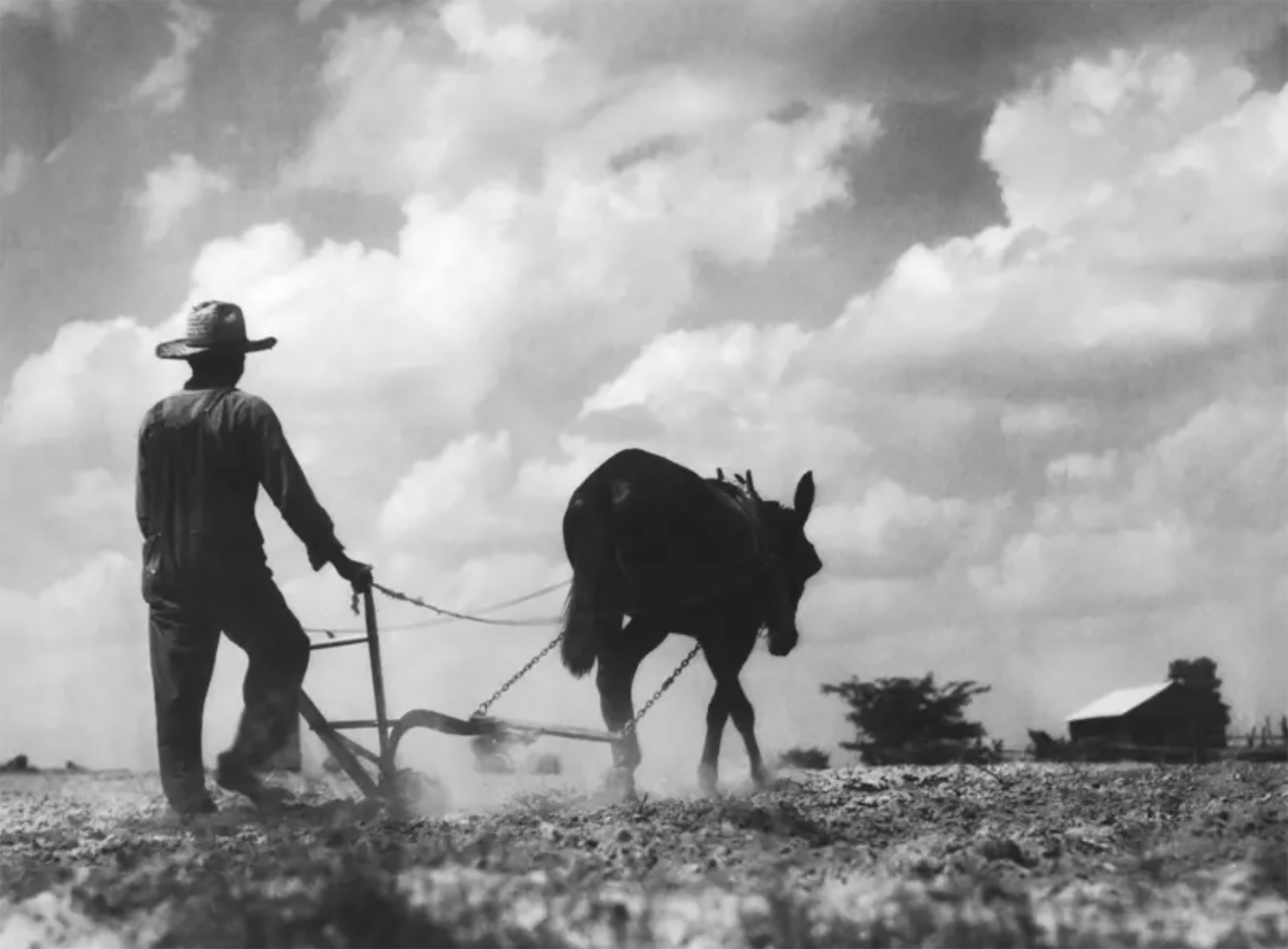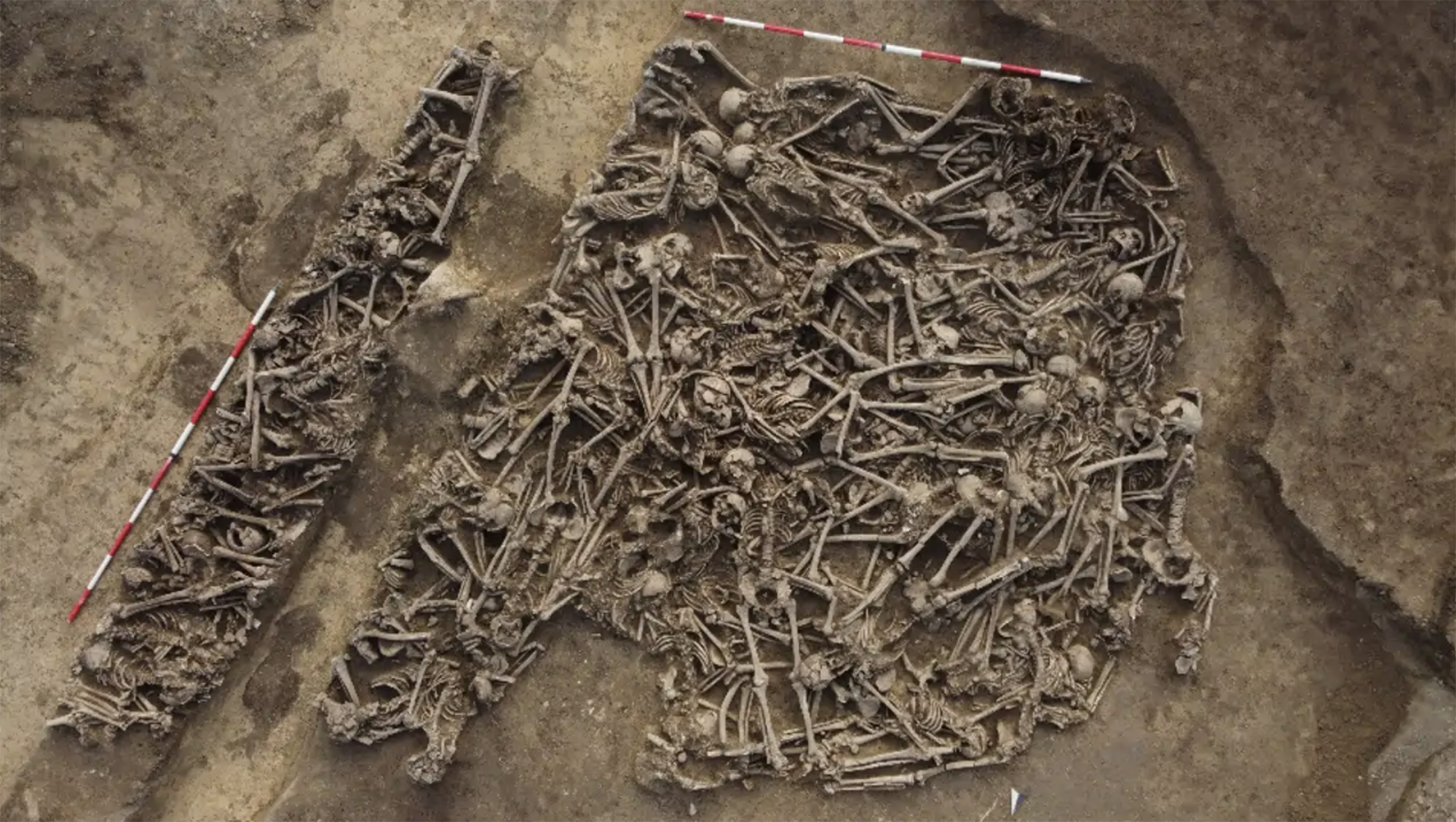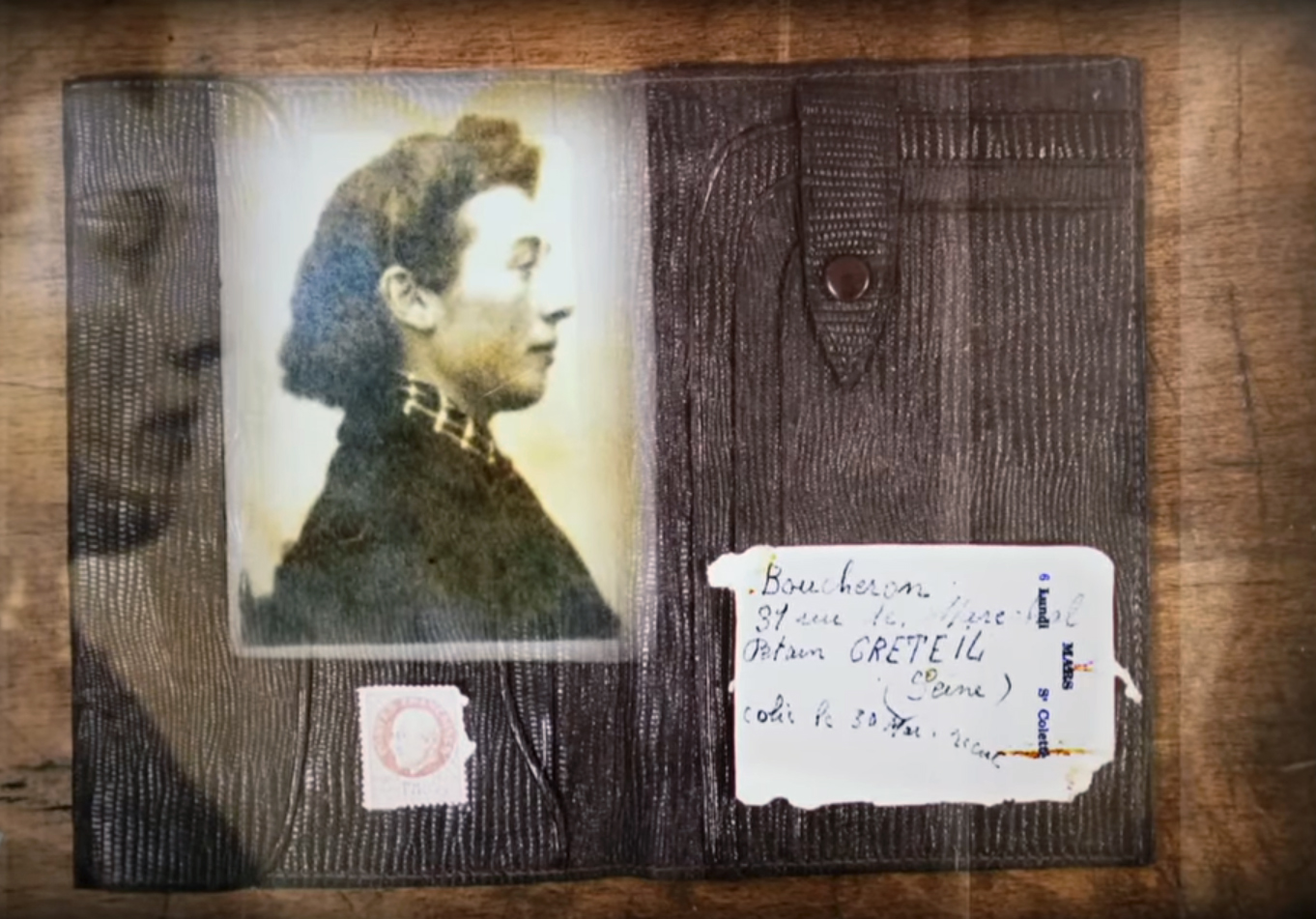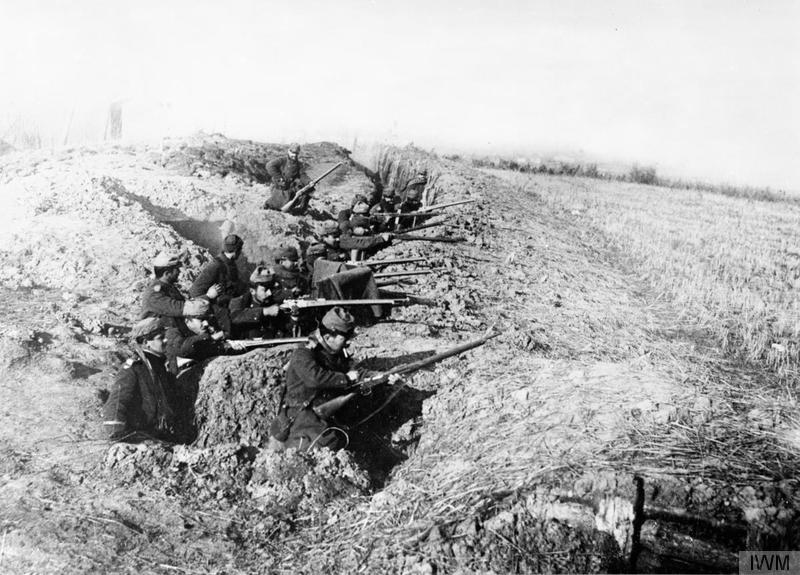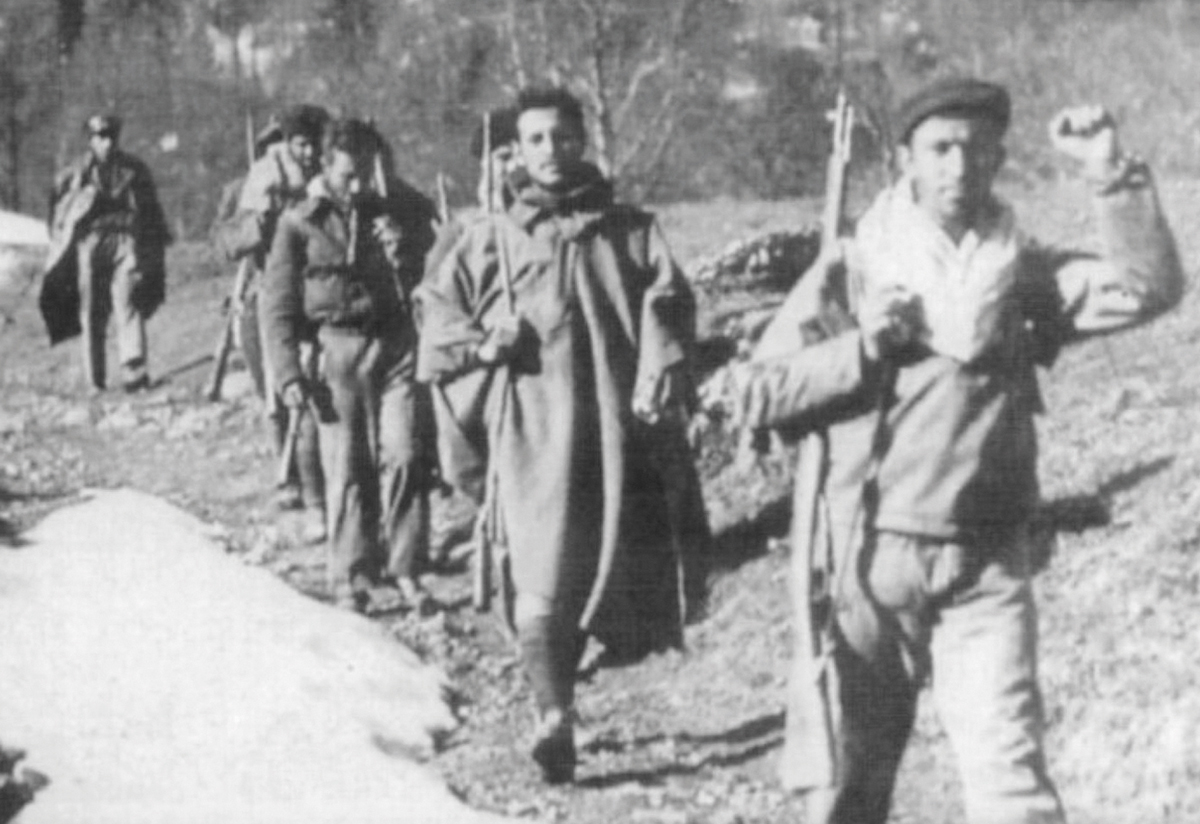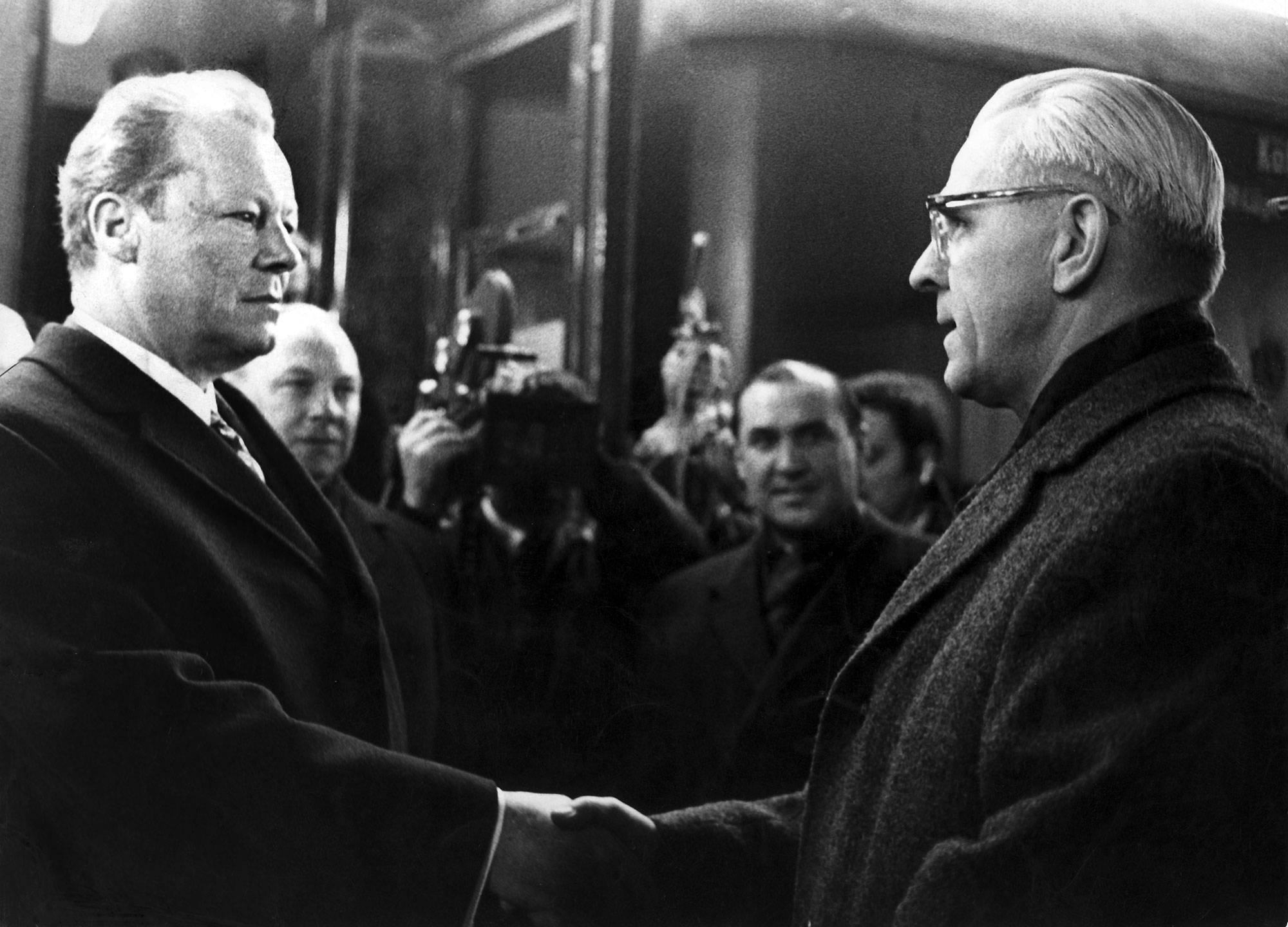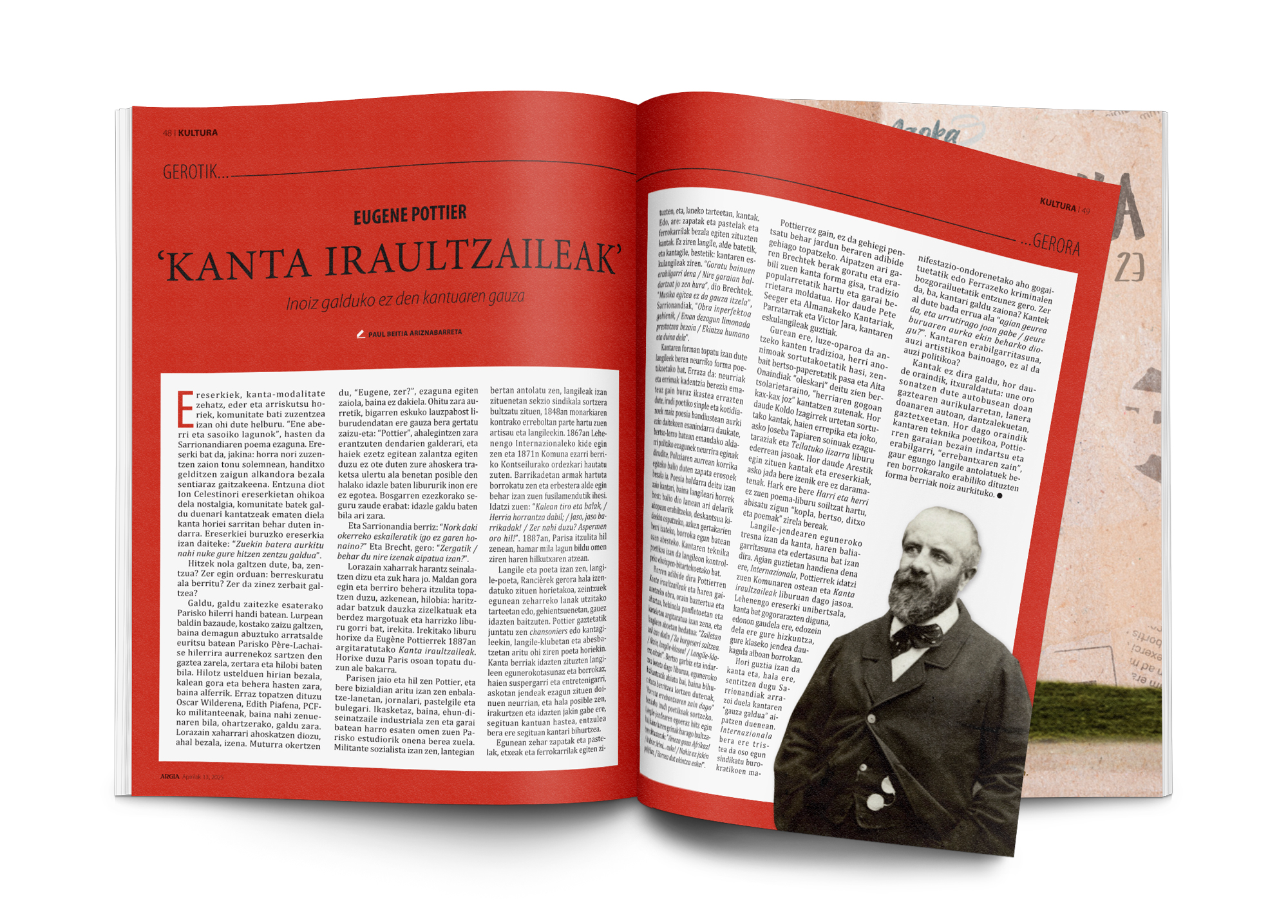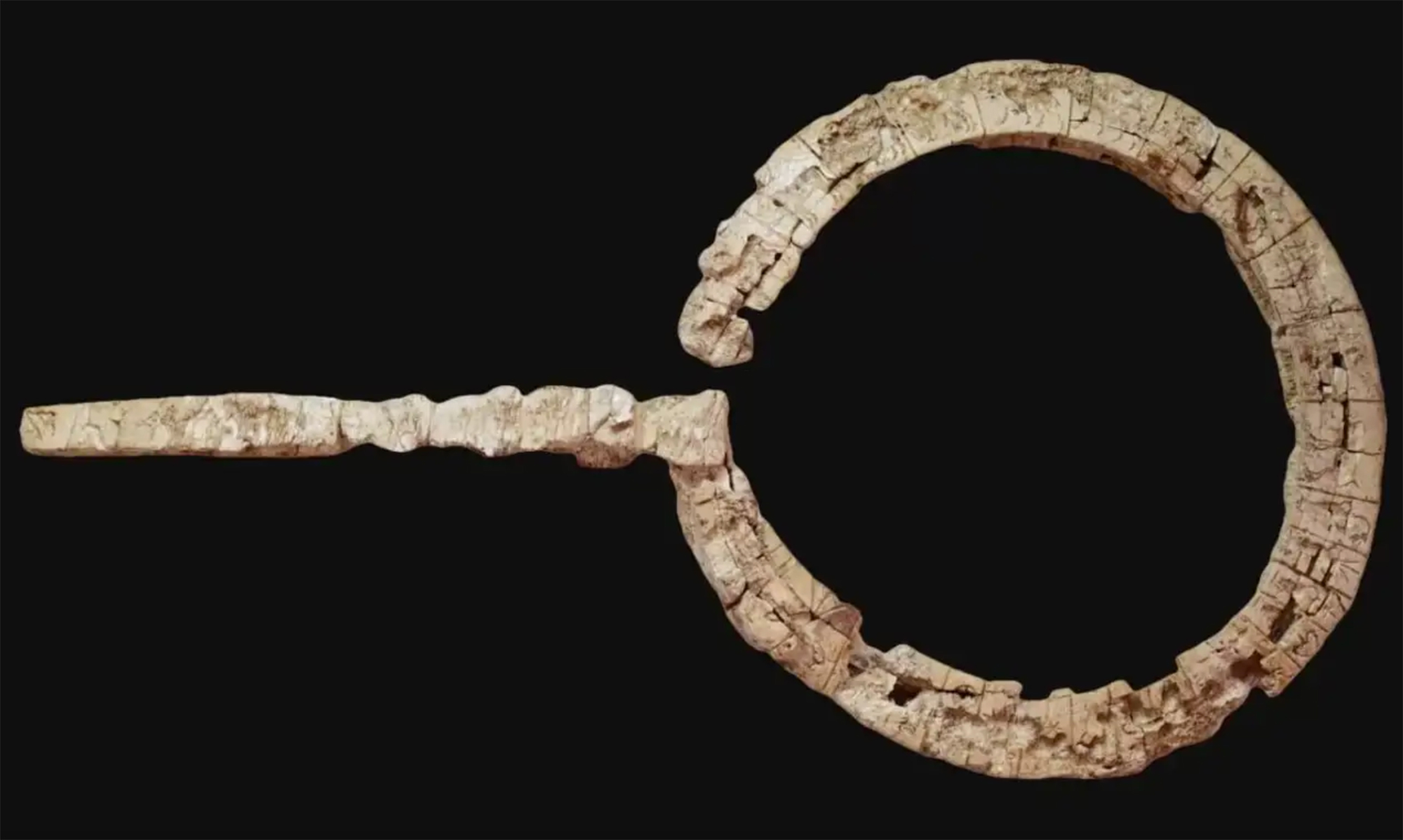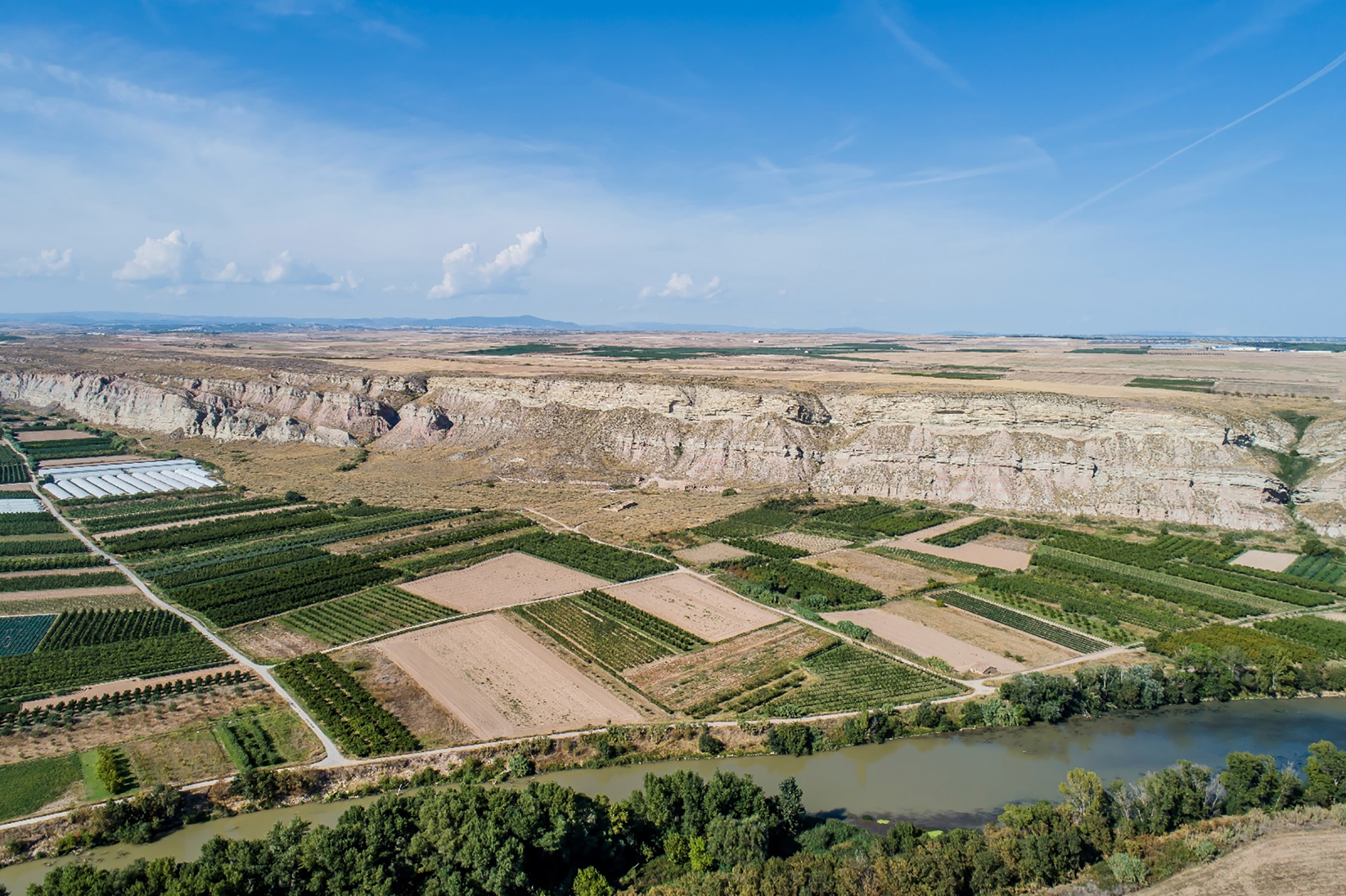Canned Warsaw Ghetto
- A group of scientists, historians, cartoonists and rabbis toured Ghetto's day-to-day, hiding all the documentation in ten tin boxes and three beds in marmicity.
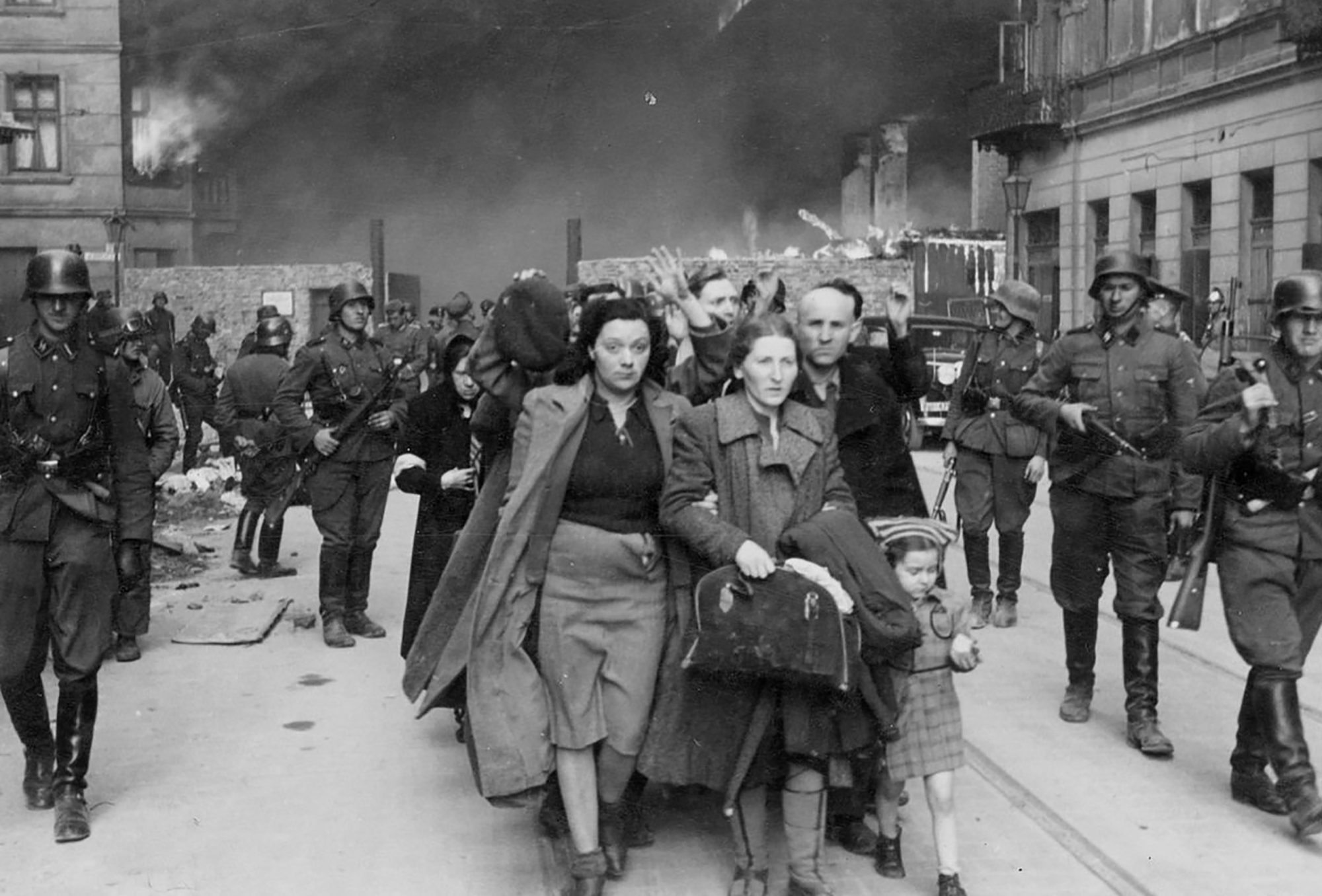
Warsaw, 19 April 1943. The Ghetto Jews, having been organizing armed resistance in recent months, rose up and finally the Nazis managed to retreat. The next day the Germans reacted hard and just a month later the ghetto was declared totally destroyed when the Grand Synagogue on Tłomackie Street was burned.
Two and a half years earlier, with the ghetto, 360,000 Jews were introduced into it, ending with only 10,000-15,000 survivors. Those who didn't take Treblinka died in the same ghetto. But the memory of what happened there survived thanks to a very special initiative.
The Jewish historian Emanuel Ringelblum brought together scientists, writers, cartoonists, rabbis... and created a group called Oyneg Shabat (the joy of the day of rest) that picks up the story of the daily life of the ghetto and picks it up in a book at the end of the war. The members of the group came together to chronicle what was going on in reports, trials or drawings.
Aware of the low probability of surviving the ghetto and therefore writing the book, all the documentation collected in cans
Thanks to Yacob Grojanowski they were also able to collect what was happening in the concentration camps, which, despite being deported to the Chelmno camp, managed to escape and wrote the barbarities there observed and experienced. Oyneg Sabath produced a detailed report which, through the Polish resistance, managed to send it to London for publication.
But as deportations, disease and hunger increased, the group members' hope was diminishing. Aware of the limited possibility of surviving the ghetto and, therefore, writing the book, they concealed all the documentation collected in ten tin boxes and three beds in marmicity.
When the uprising erupted 80 years ago, the Germans captured and killed almost all of their members, but Ringelblum managed to escape with his family. They remained hidden for almost two years. But when the war ended, they were discovered by Gestapo members. They murdered two families, the Ringelblum and the whole protective family. But they managed to meet the target of the group: at the moment all the cans that were not a milk tupine have been found.
Washington, D.C., June 17, 1930. The U.S. Congress passed the Tariff Act. It is also known as the Smoot-Hawley Act because it was promoted by Senator Reed Smoot and Representative Willis Hawley.
The law raised import tax limits for about 900 products by 40% to 60% in order to... [+]
During the renovation of a sports field in the Simmering district of Vienna, a mass grave with 150 bodies was discovered in October 2024. They conclude that they were Roman legionnaires and A.D. They died around 100 years ago. Or rather, they were killed.
The bodies were buried... [+]
My mother always says: “I never understood why World War I happened. It doesn't make any sense to him. He does not understand why the old European powers were involved in such barbarism and does not get into his head how they were persuaded to kill these young men from Europe,... [+]
Until now we have believed that those in charge of copying books during the Middle Ages and before the printing press was opened were men, specifically monks of monasteries.
But a group of researchers from the University of Bergen, Norway, concludes that women also worked as... [+]
Florentzia, 1886. Carlo Collodi Le avventure de Pinocchio eleberri ezagunaren egileak zera idatzi zuen pizzari buruz: “Labean txigortutako ogi orea, gainean eskura dagoen edozer gauzaz egindako saltsa duena”. Pizza hark “zikinkeria konplexu tankera” zuela... [+]
Ereserkiek, kanta-modalitate zehatz, eder eta arriskutsu horiek, komunitate bati zuzentzea izan ohi dute helburu. “Ene aberri eta sasoiko lagunok”, hasten da Sarrionandiaren poema ezaguna. Ereserki bat da, jakina: horra nori zuzentzen zaion tonu solemnean, handitxo... [+]
Linear A is a Minoan script used 4,800-4,500 years ago. Recently, in the famous Knossos Palace in Crete, a special ivory object has been discovered, which was probably used as a ceremonial scepter. The object has two inscriptions; one on the handle is shorter and, like most of... [+]
Londres, 1944. Dorothy izeneko emakume bati argazkiak atera zizkioten Waterloo zubian soldatze lanak egiten ari zela. Dorothyri buruz izena beste daturik ez daukagu, baina duela hamar urte arte hori ere ez genekien. Argazki sorta 2015ean topatu zuen Christine Wall... [+]











